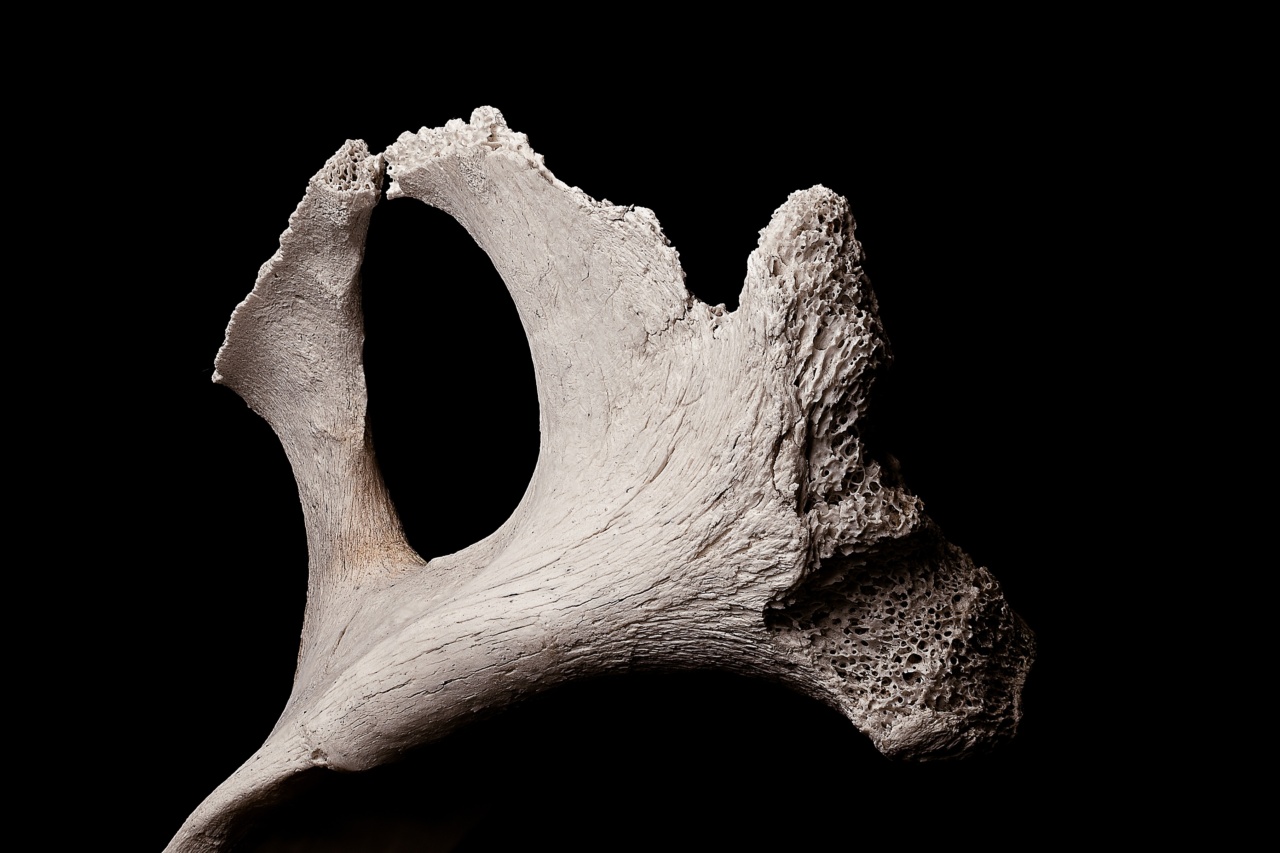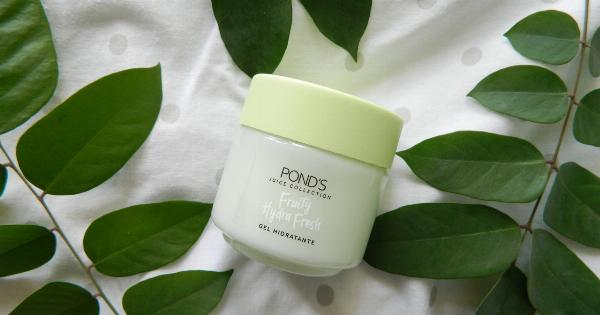As people age, wrinkles and fine lines appear on their skin, especially on their face. These skin issues are not only visible but also affect confidence and self-esteem.
For years, scientists and dermatologists have been searching for the cause of wrinkles and how to prevent them. One of the significant areas where wrinkles form is the Goose’s Foot. This article will explore the anatomy of aging and why wrinkles form at the Goose’s Foot.
What is the Goose’s Foot?
The Goose’s Foot is another term for the junction where the upper and lower parts of the eye meet. It’s also commonly known as the crow’s feet area.
The skin around the eyes is thinner than other areas of the face, and it tends to be the first part of the face to show signs of aging. This area is highly susceptible to wrinkles, lines, and puffiness.
The Anatomy of Aging
The aging process affects the entire body, and our skin is no exception. The visible signs of aging on our skin are due to changes in the structure of the skin as we grow older.
Collagen and elastin are two proteins that provide structure and elasticity to the skin. As we age, our bodies produce less collagen and elastin, leading to sagging and wrinkling of the skin. Moreover, decreased oil production, skin thinning, and decreased moisture levels in the skin all contribute to the aging process.
Why Wrinkles Form at the Goose’s Foot
Since the skin around the eyes is thin and delicate, it’s more susceptible to wrinkles and fine lines. A combination of factors contributes to why wrinkles form at the Goose’s Foot:.
1. Facial Movements
Repetitive facial movements, such as squinting or smiling, cause wrinkles to form around the eyes, commonly known as crow’s feet.
When we smile, the cheeks are pushed up, and the skin around the eyes is pulled, leading to the formation of wrinkles. Even small facial expressions can result in crow’s feet developing over time.
2. Decreased Collagen and Elastin Production
The skin around the eyes has less collagen and elastin than other areas of the face. As our bodies produce less of these proteins, the skin loses its elasticity, leading to a more significant formation of wrinkles.
3. Sun Damage
Excessive sun exposure can cause wrinkles and fine lines to appear prematurely, including at the Goose’s Foot. UV rays damage the collagen and elastin fibers, leading to a loss of elasticity and a faster aging process of the skin.
Moreover, constant squinting or frowning due to bright sunlight aggravates expression lines and wrinkles at the Goose’s Foot.
4. Smoking
Smoking is another factor that leads to premature aging of the skin, including wrinkles and fine lines at the Goose’s Foot.
Cigarette smoke contains toxins that deplete the skin’s oxygen supply, leading to dryness and faster aging of the skin.
5. Poor Sleep and Nutrition
Both poor sleep and nutrition can cause the skin to age faster. Lack of proper sleep can lead to dark circles under the eyes and puffiness, making wrinkles and fine lines more visible at the Goose’s Foot.
Poor nutrition can cause oxidative stress, leading to skin damage and a faster aging process.
Prevention and Treatment of Wrinkles at the Goose’s Foot
While we cannot stop the aging process, there are several ways to prevent or reduce the formation of wrinkles at the Goose’s Foot:.
1. Protect Your Skin from the Sun
Wearing a sun hat, sunglasses, and applying sunscreen can protect the skin around the eyes from further damage due to sunlight exposure.
Be mindful of the timing of sun rays’ intensity and duration and take actions to reduce their impact on your skin.
2. Maintain a Healthy Lifestyle
Eating a healthy diet, getting regular exercise, and adequate rest can all help maintain healthy skin.
These lifestyle changes promote collagen and elastin production, keep the skin hydrated, reduce the effects of harmful toxins, and improve circulation.
3. Skincare Routine
Developing a proper skincare routine can help prevent wrinkles and fine lines at the Goose’s Foot. It is important to moisturize the skin around the eyes, which will help to keep the skin hydrated and smooth.
Use an eye cream that packed with antioxidants, vitamins, and other natural ingredients that fight wrinkles and promote skin cell turnover.
4. Injectable Treatments
If at-home remedies and skincare routines aren’t enough, there are various injectable treatments available. Botox and dermal fillers can help reduce the appearance of wrinkles at the Goose’s Foot.
These treatments need to be done by a qualified dermatologist or plastic surgeon.
Conclusion
Wrinkles that appear at the Goose’s Foot can be problematic for many, but with understanding and preventive measures, their appearance can be minimized.
Age, sun damage, smoking, lack of sleep, and poor nutrition all contribute to this aging process. Adequate sun protection, healthy lifestyle habits, a good skincare routine, and injectable treatments can all help reduce the appearance of wrinkles and fine lines at the Goose’s Foot.




























